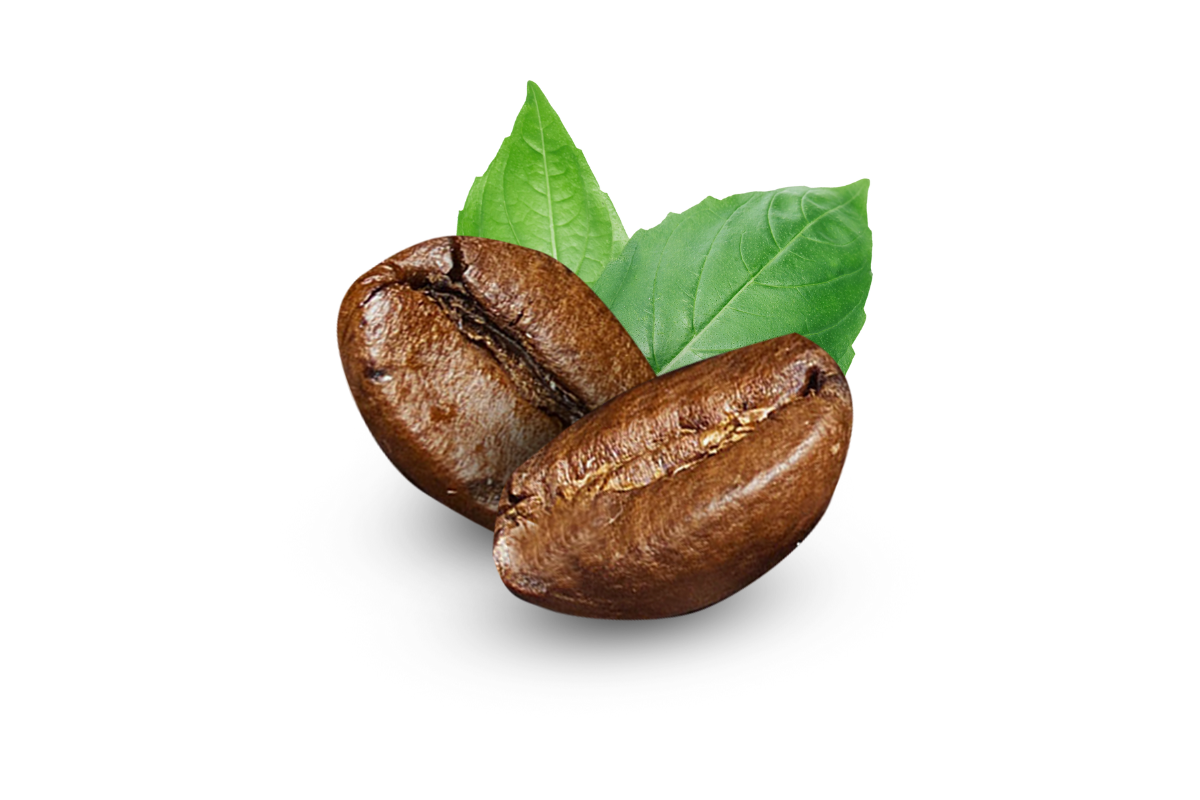For many coffee enthusiasts, the journey into specialty coffee often begins with a simple question: single origin vs. blends? These two categories represent distinct philosophies in coffee curation, each offering a unique pathway to flavor and a different kind of coffee experience. While a single origin coffee invites you on a precise sensory adventure to a specific place, a blend promises a harmonious symphony, carefully orchestrated by a master roaster. Understanding the fundamental differences between them is key to unlocking your perfect cup and deepening your appreciation for the complexities of the coffee world.
Imagine holding two bags of coffee. One proudly declares its origin from a specific farm in Ethiopia, hinting at bright, floral notes. The other is labeled a “Signature Espresso Blend,” suggesting a rich, balanced profile. Which do you choose? Without knowing what each approach offers, the decision can feel arbitrary. Yet, your choice between single origin and blend profoundly impacts the flavors you’ll experience, the stories you’ll uncover, and even the brewing methods that will best highlight its characteristics. This isn’t just about preference; it’s about discerning what kind of coffee journey you want to embark on each time you brew.
This article delves into the intriguing debate of single origin vs. blends, dissecting the unique characteristics, advantages, and ideal uses for each. We’ll explore what defines a single origin coffee, how blends are crafted, and how these fundamental differences translate into your cup. By understanding the philosophies behind each approach, this guide aims to empower you to make informed choices that align with your palate, your curiosity, and your brewing style. Whether you seek geographic specificity or complex harmony, discover how to consistently choose your perfect coffee experience.
Defining the Terms: What’s in Your Bag?
Before comparing, let’s clearly define what distinguishes a single origin from a blend.
Single Origin Coffee: A Taste of Place
A single origin coffee is a coffee that comes from a single, identifiable geographic location. This could be:
- A single farm: The most specific and highly prized single origins.
- A single estate or cooperative: A group of farms sharing resources in a very localized area.
- A single region or country: Broader, but still geographically defined (e.g., “Ethiopia Yirgacheffe”).
The defining characteristic is traceability. You can pinpoint exactly where these beans were grown, often down to the very lot or microlot.
- Philosophy: The primary goal with single origin coffee is to showcase the unique terroir (the complete natural environment, including soil, climate, and topography) and the specific varietal characteristics of that particular place. It’s about tasting the distinct “sense of place.”
- Flavor Profile: Single origins tend to have more pronounced and often bolder, more distinctive flavors. They can exhibit unique notes like bright citrus, delicate florals, specific fruits (blueberry, cherry), or earthy undertones. These flavors are often highly nuanced and less “balanced” in the traditional sense, as they are a direct reflection of their environment.
- Best For: Coffee enthusiasts who enjoy exploring unique flavor profiles, appreciating distinct regional characteristics, and engaging in sensory discovery. They are often preferred for brewing methods that highlight clarity, such as pour-over, AeroPress, or Chemex.
Coffee Blends: The Art of Harmony
A coffee blend is a combination of two or more different single origin coffees. These coffees are carefully selected and combined by a roaster to achieve a specific flavor profile that is often greater than the sum of its parts.
- Philosophy: The roaster’s goal with a blend is to create a consistent, balanced, and complex flavor profile that can be reproduced over time. They use different origins to achieve specific attributes: one coffee might provide body, another acidity, and yet another sweetness or distinct aromatics. The aim is often to create a well-rounded and versatile coffee.
- Flavor Profile: Blends tend to be more balanced, harmonious, and often have a broader, more consistent taste year-round (as roasters can adjust components based on seasonality of individual beans). They might feature notes like rich chocolate, toasted nuts, caramel, or subtle fruit, designed to appeal to a wider palate.
- Best For: Those who prefer a consistent flavor profile, a well-rounded cup, or a coffee designed for specific applications like espresso (where consistency and crema are key) or milk-based drinks (where the coffee needs to cut through milk). They are often versatile for various brewing methods, including drip coffee makers and French press.
The Advantages of Each: Tailoring Your Coffee Journey
Both single origins and blends offer distinct benefits, making them suitable for different preferences and occasions.
The Allure of Single Origin: Precision and Discovery
- Unique Flavor Exploration: This is the primary draw. Single origins offer a direct window into the specific characteristics of a region or farm. You might discover notes you never thought possible in coffee.
- Terroir Appreciation: Drinking a single origin is like taking a culinary trip. You’re experiencing the direct result of unique soil, climate, altitude, and processing methods from one place.
- Clarity and Distinction: The flavors are often more pronounced and less muddled, allowing for a clearer perception of individual notes.
- Seasonal Delights: Single origins are often seasonal, reflecting harvest times. This means there’s always something new to discover, encouraging continuous exploration.
- Direct Connection: They foster a stronger connection to the producers and their specific growing practices.
The Versatility of Blends: Consistency and Balance
- Consistent Flavor Profile: Roasters design blends to maintain a specific taste profile year-round. This is crucial for coffee shops and home brewers who want a reliable, predictable cup every time.
- Balanced Cup: Blends are crafted to balance various attributes – acidity, body, sweetness, and bitterness – resulting in a well-rounded and often forgiving brew.
- Optimized for Specific Uses: Many blends are designed with a particular brewing method in mind, especially espresso, where different origins contribute to stable crema, body, and balanced flavor under pressure.
- Cost-Effectiveness (Sometimes): Blends can sometimes offer a more accessible price point compared to rare or highly sought-after single origins, as roasters can use a mix of beans with varying costs.
- Complexity through Harmony: A well-executed blend can achieve a level of complexity and depth that a single origin might not, precisely because of the interplay of multiple beans.
When to Choose Which: Matching Coffee to Your Moment
The “best” choice isn’t universal; it depends on your mood, your brewing method, and your desired coffee experience.
Choose Single Origin When You Want To:
- Explore New Flavors: If you’re a curious coffee drinker eager to discover a wide range of tastes.
- Appreciate Nuance: You enjoy identifying specific notes like jasmine, blueberry, or passionfruit.
- Learn About Terroir: You’re interested in how geography and climate influence coffee flavor.
- Brew Manually: Methods like pour-over, Aeropress, Chemex, or French press often bring out the delicate complexities of single origins.
- Enjoy Black Coffee: Without milk or sugar, the distinct flavors of a single origin truly shine.
- Support Specific Producers: Many single origins can be traced directly back to individual farms or cooperatives.
Choose a Blend When You Want To:
- Ensure Consistency: You want a reliable, familiar flavor profile for your daily cup.
- Achieve Balance: You prefer a well-rounded coffee that isn’t dominated by a single characteristic (e.g., too acidic or too bitter).
- Brew Espresso: Blends are often designed to perform exceptionally well under the pressure of an espresso machine, yielding good crema and balanced shots.
- Add Milk or Sugar: Blends are often robust enough to cut through milk or complement added sweeteners without losing their character.
- Use an Automatic Drip Machine: Their consistent nature makes them forgiving and reliable for less controlled brewing methods.
- Have a Versatile Option: A good blend can often be brewed using multiple methods and still taste great.
Roaster’s Craft: The Art Behind the Selection
The quality of both single origins and blends heavily relies on the roaster’s skill and philosophy.
Roasting Single Origins: Highlighting Uniqueness
- Delicate Approach: Roasting single origins requires a nuanced touch. Roasters aim to highlight the inherent qualities of the bean, often opting for lighter roasts that preserve acidity, fruitiness, and floral notes.
- Understanding Potential: A skilled roaster understands the unique potential of each green bean and tailors the roast profile to accentuate its best attributes without overpowering them.
- Transparency: Reputable roasters will often provide detailed information about the origin, varietal, processing method, and specific flavor notes for their single origins.
Crafting Blends: Engineering Harmony
- Strategic Selection: Roasters meticulously choose different single origins based on their complementary qualities. For example, a roaster might combine a Brazilian coffee for body and chocolate notes, an Ethiopian for brightness and aromatics, and a Colombian for sweetness and balance.
- Consistency Challenge: Maintaining a consistent flavor profile for a blend year after year is a significant challenge, as the availability and characteristics of individual origins change seasonally. Roasters must constantly adjust the components of the blend to achieve the target taste.
- Specific Goals: Blends are often created with a specific purpose: a “Breakfast Blend” might be mellow and approachable, while an “Espresso Blend” focuses on crema, body, and robustness for milk drinks.
Expanding Your Coffee Palate: Beyond the Choice
Ultimately, the debate between single origin and blends isn’t about one being inherently “better” than the other. It’s about understanding what each offers and how it aligns with your desires for a specific coffee moment.
- Experimentation is Key: Don’t limit yourself. Try a variety of single origins from different regions to understand the spectrum of flavors. Simultaneously, explore different blends designed for various purposes.
- Pay Attention to Notes: When tasting, try to identify specific flavor notes listed by the roaster. This trains your palate and helps you discern the unique characteristics of each coffee.
- Consider the Occasion: A vibrant single origin might be perfect for a mindful morning brew enjoyed black, while a robust blend could be your go-to for an afternoon latte.
- Trust Your Taste: The “perfect” coffee experience is subjective. What truly matters is what you enjoy most. Use these guidelines as a starting point for your own personal coffee adventure.
Your Perfect Cup: A Journey of Discovery
The decision between single origin and blends is an exciting entry point into the deeper world of coffee appreciation. It’s not about choosing a definitive “best,” but rather about understanding the distinct philosophies and sensory experiences each offers. A single origin invites you to explore the unique essence of a specific place, celebrating terroir and varietal characteristics with clarity and often surprising flavors. A blend, on the other hand, showcases the roaster’s artistry in creating a harmonious, balanced, and consistent cup that can be perfectly tailored for various uses and preferences.
By embracing both categories, you unlock the full spectrum of coffee’s incredible diversity. Whether you’re seeking the bright, floral notes of an Ethiopian heirloom or the rich, chocolatey balance of a meticulously crafted espresso blend, the world of coffee has endless delights to offer. Engage with the stories behind the beans, understand the craftsmanship of the roaster, and allow your palate to guide your journey. Ultimately, choosing your perfect coffee experience is a personal adventure of discovery, ensuring every cup is not just a drink, but a rich, flavorful exploration.

